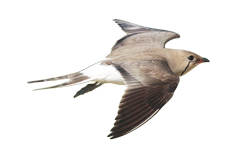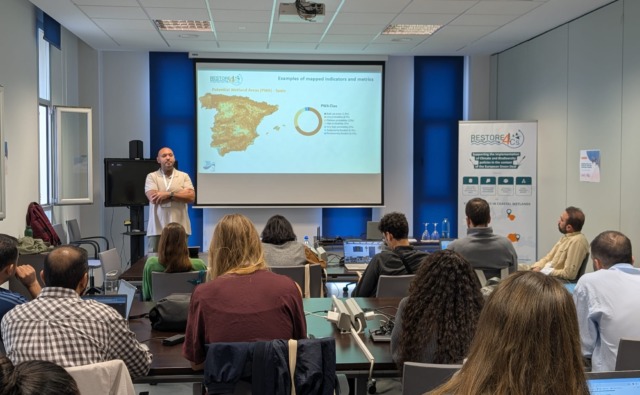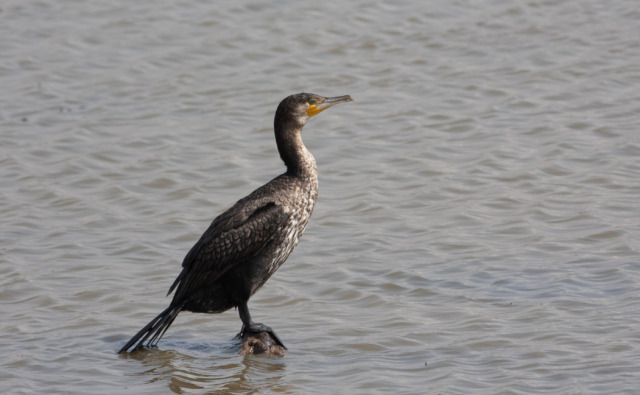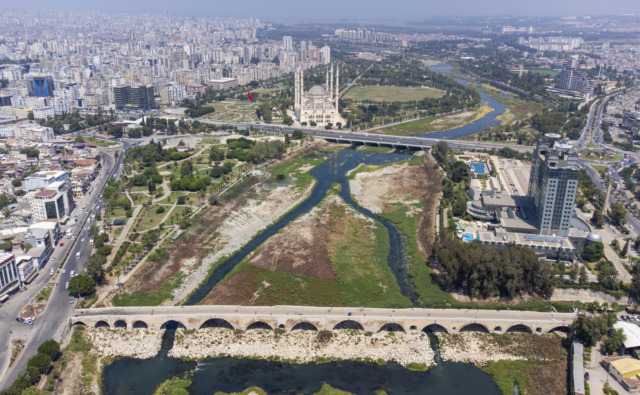Adaptive Management of the Lagoons and Marshes on the former Camargue Saltworks site (LMCS)
Objectives
The overall aim is the reconversion and restoration of an exceptional coastal site by means of a multidisciplinary and integrated approach.
The objectives of the restoration are:
- to re-establish a more natural hydrological regime by reconnecting the site with surrounding hydrosystems (Vaccarès lagoon, the sea, and Canal du Japon);
- to reconstitute the characteristic ecosystems of Mediterranean coastal lagoons and sandy seafronts (dunes, saline grasslands, dry grasslands);
- to maintain or increase the site’s holding capacity for colonial waterbirds;
- to implement an adaptive management approach to the rising sea level by a controlled, progressive retreat from the coastline in areas subject to erosion;
- to integrate local economic issues by seeking to provide sustainable, environmentally friendly possibilities for visiting the site and diversifying the local economy.
Actions & methodology
The management of this recent acquisition by the Conservatoire du littoral (national coastal protection agency) was entrusted to the Camargue Regional Natural Park, the Tour du Valat, and the French National Nature Protection Society. A simplified management plan was drawn up in 2012, and an ecological restoration project is currently being implemented. Its first phase was finalised in 2016 in the framework of a European LIFE+ MC-SALT project and a partnership with WWF-France. Major hydraulic works have been carried out on the 6500-hectare site, mainly consisting of former salt pans, in order to re-establish the hydrobiological connections between the various lagoons of the site, the sea, and peripheral sub-catchments. In addition, artificial islets have been created to favour the breeding of Greater Flamingo, and colonial gulls, terns, and waders. Ecological monitoring is being carried out to assess the evolution of the site, and evaluate the effectiveness of the restoration actions. Given the rapid evolution of the site in the last few years, attributable to the modifications caused by the management system, the dynamics of the coastline, and the rise in sea level associated with certain meteorological events, interdisciplinary workshops have been set up to better understand the geomorphological and socio-economic dynamics at work, so as to help define an adaptive, integrated management process for the site.
Results
- Natural formation of a shifting coastal sandbar, which helps to reduce erosion and submersion risks at low cost;
- Improving the ecological status of a part of the lagoon habitats;
- Contributing to the development of fish stocks at sea and in the lagoons;
- Increasing the populations of nesting colonial gulls, terns, and waders;
- The re-colonisation of bare ground by perennial Salicornia salt meadows and annual Salicornia, all community-interest habitats that are declining in the Camargue;
- Increased quality, diversity, and naturalness of landscapes;
- Diversification of uses, including ecotourism, beach tourism, fishing, hunting, and grazing.
Discover in images the evolution of the main ecosystem of the sites with three episodes, dealing respectively with the coastline, the sansouires and the lagoons :
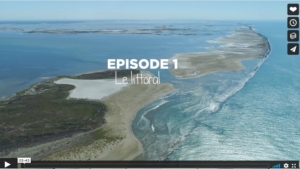 |
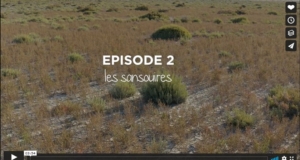 |
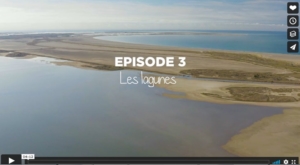 |
Team
- Project leaders: Marc Thibault
- Staff involved: Antoine Arnaud, Arnaud Béchet, Thomas Blanchon, Olivier Boutron, Pascal Contournet, Lisa Ernoul, Hugo Fontes, Samuel Hilaire, Yves Kayser, Émilie Laurent, Virginie Mauclert, Delphine Nicolas, Anthony Olivier, Loïc Willm
- Date of project: Since 2012
Partners
Technical partners
- Conservatoire du littoral (French national coastal protection agency)
- Camargue Regional Natural Park
- French National Nature Protection Society – Camargue National Nature Reserve
Financial partners
- Rhone-Mediterranean-Corsica Water Agency
- Provence Alpes-Côte d’Azur Region
- Bouches-du-Rhône Departmental Council
- WWF-France
- Ministère de la Transition écologie et solidaire
- European Union
